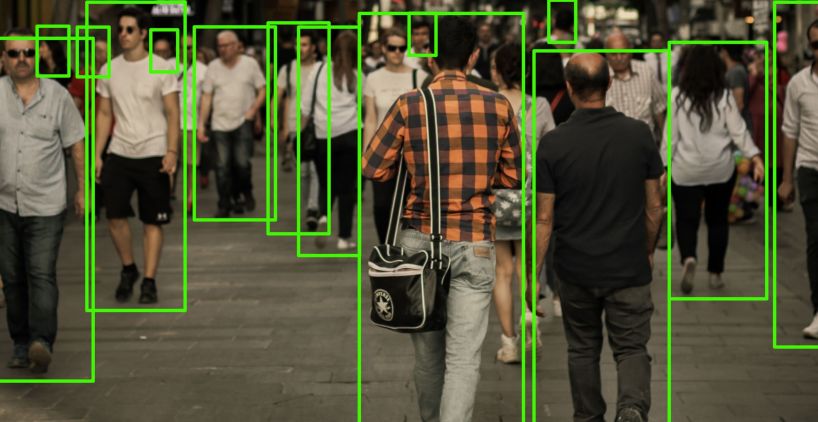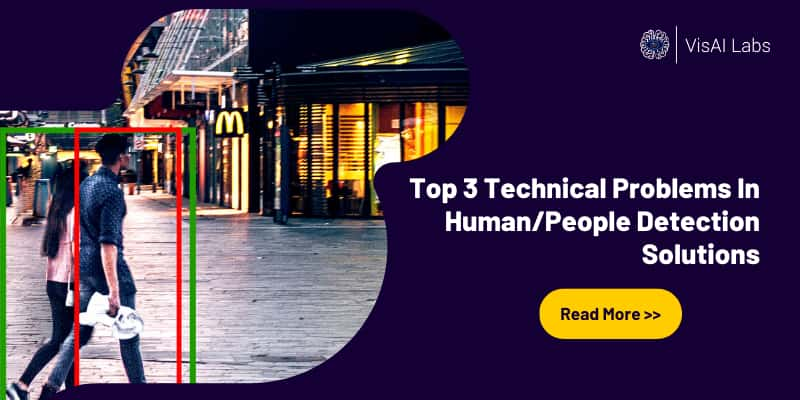Summary
Written for:
Introduction
- Data Augmentation
- Design of Model architecture
- Input resolution
Data Augmentation
For not all problems, an excellent open public dataset is available. But deep learning models expect to have large datasets to learn the variations to generalize the solution. Data Augmentation is one such technique to increase the number of training images using the existing dataset. We could apply various image processing techniques to introduce variations in the existing images. Before delving into the data augmentation section in-depth, we’d like to emphasize that the accuracy is directly related to annotations’ quality. If annotations themselves are poor, we could not guarantee improvements from the usage of any techniques. In the aspect of collecting larger datasets, one should not compromise on the annotation quality.
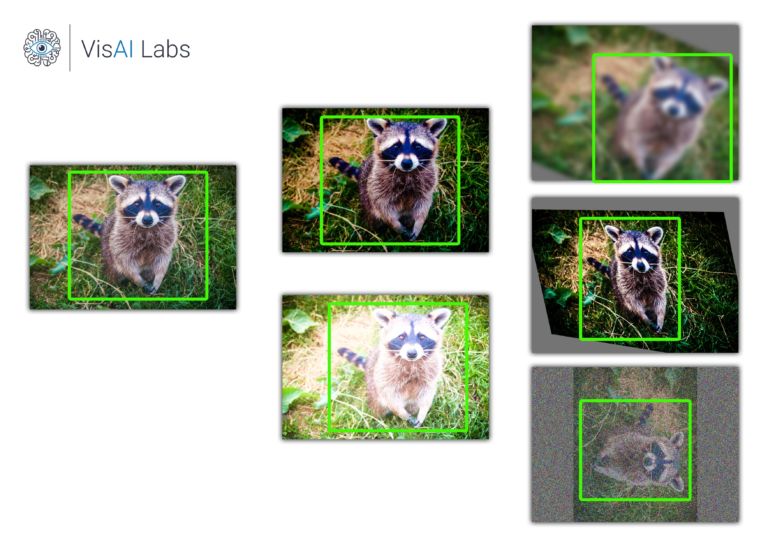
So what data augmentation methods are recommended for People Detection?
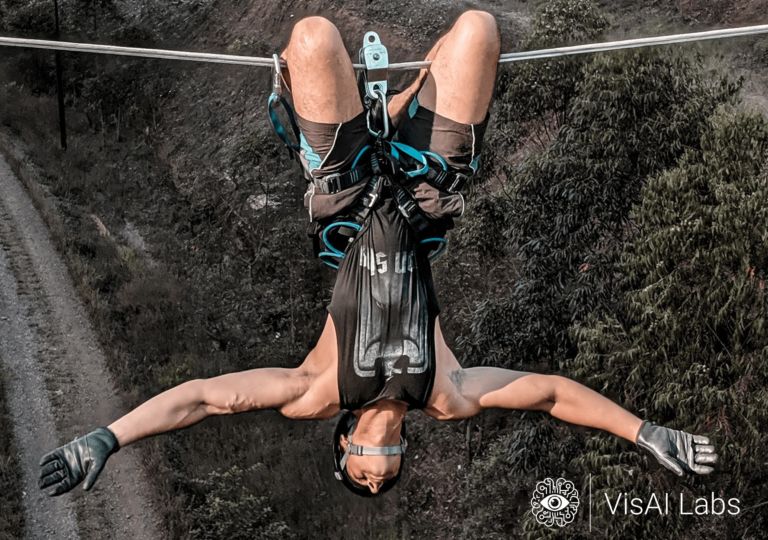
- Noise, Motion Blur, Compression to simulate Image quality from the camera
- Horizontal flipping, Perspective change to simulate view angle
- Brightness, Contrast, Colour to simulate Lighting conditions
- Removing certain regions of an image to generalize
- Image Mosaicking
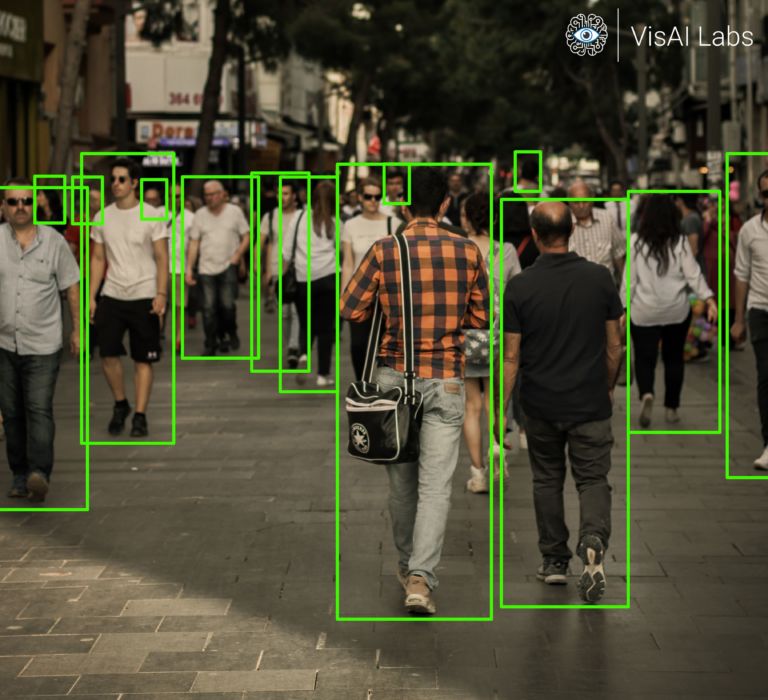
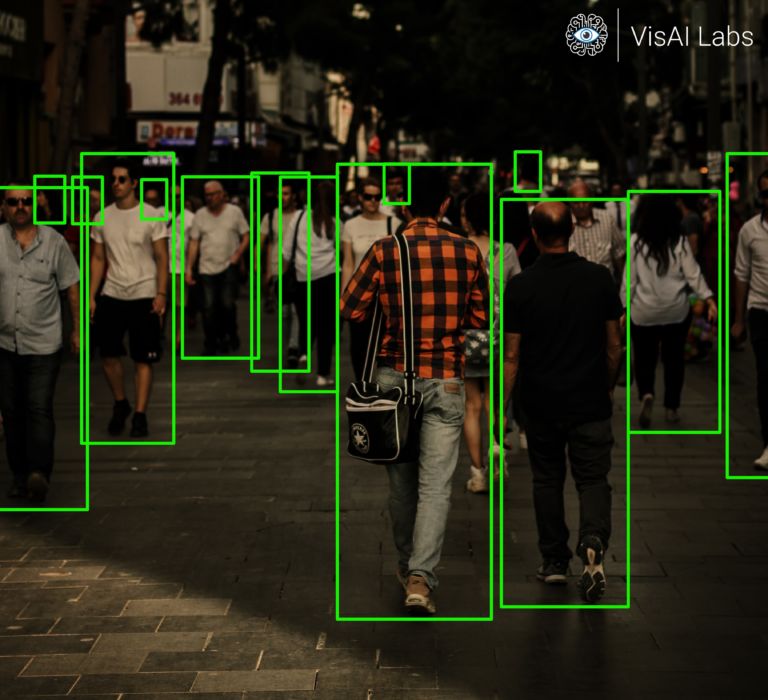
Design of Model architecture
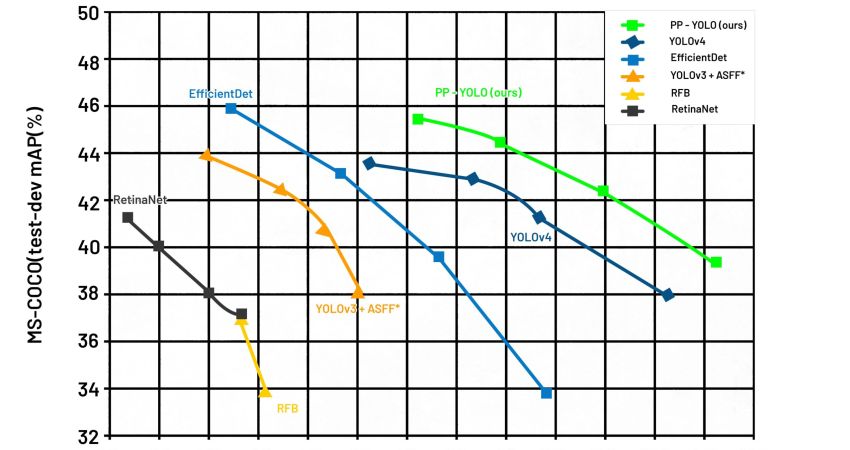
Input Resolution
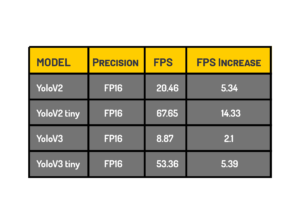
Conclusion
VisAI Platform – Human/People Detection Solution
Feel free to reach us at sales@visailabs.com

